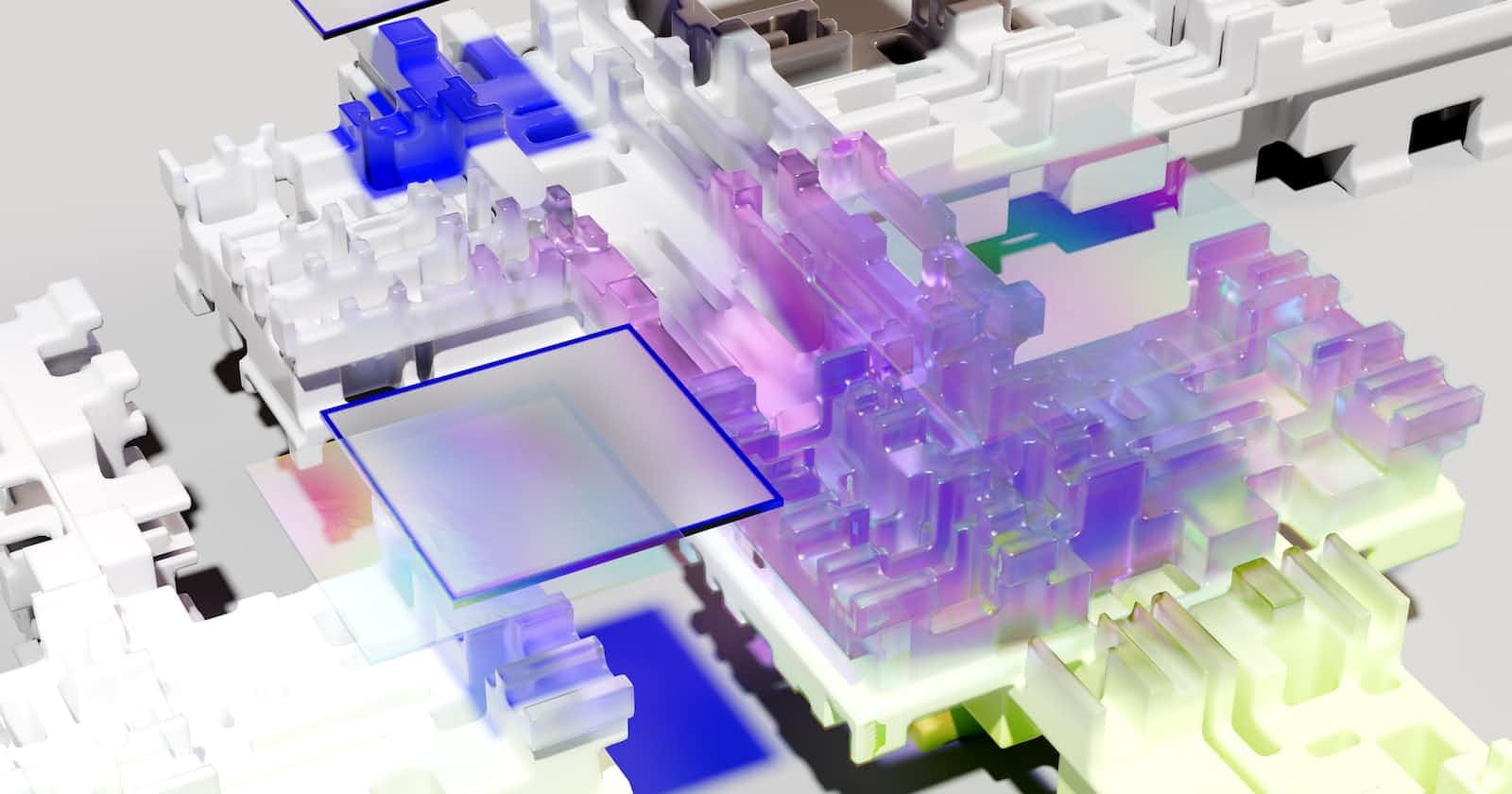The Future of AI: ChatGPT, AI Art, and Self-Driving Cars
The future of artificial intelligence (AI) is an exciting prospect. With the development of new technologies, AI has the potential to revolutionize many aspects of our lives. This article will explore three key areas where AI will likely have a significant impact: ChatGPT, AI art, and self-driving cars.
ChatGPT
ChatGPT is a type of natural language processing (NLP) technology that enables machines to understand and respond to human conversations. It uses deep learning algorithms to analyze conversations and generate relevant and natural-sounding responses. This technology has already been used in chatbots and virtual assistants such as Alexa and Siri. In the future, it could create more sophisticated conversational agents that can naturally interact with humans.
ChatGPT could also be used for customer service applications. For example, it could provide personalized customer support by understanding customer queries and providing accurate answers. It could also be used for automated customer surveys or feedback forms, allowing companies to gather valuable insights from their customers quickly.
AI Art
AI art is a form of computer-generated art created using artificial intelligence algorithms. These algorithms can generate images or videos based on input data such as photographs or text. AI art has already been used in various creative projects, such as music videos and video games. In the future, it could be used to create unique works of art that are indistinguishable from those made by humans.
Companies could use AI art to create visuals tailored to their target audience or reflect their brand identity. AI art could also be used for commercial purposes such as advertising campaigns or product design. Additionally, AI art could be used for educational purposes, allowing students to explore different artistic styles without needing prior knowledge or experience in art creation.
Self-Driving Cars
Self-driving cars use artificial intelligence algorithms to navigate roads without human intervention. They use sensors such as cameras and radar to detect obstacles and decide how to navigate the environment around them safely. Self-driving cars have already been tested on public roads in some countries, but they are not yet widely available for consumer use.
In the future, self-driving cars could revolutionize transportation by making it safer and more efficient. They could reduce traffic congestion by optimizing routes and reducing the need for city parking spaces. Additionally, they could provide more excellent mobility options for people who cannot drive due to age or disability. Self-driving cars could also reduce emissions using electric powertrains instead of gasoline engines.
Overall, the future of AI looks very promising, with exciting possibilities in many different fields, including chatbots, AI art, and self-driving cars. As these technologies develop over time, they will become increasingly accessible and useful for everyday applications. In fact, except for this sentence, this article is entirely AI-generated.

